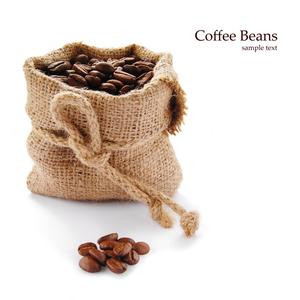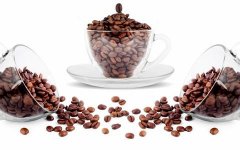Common sense of Coffee in Sidamo producing area of Ethiopian Coffee
According to the above four different modes of production, Ethiopian coffee can be divided into nine major coffee producing areas, including five boutique coffee areas: Sidamo, Yegashefi, Harald, Lim and Lekampu. and four general commercial bean producing areas: Gemma, Irugbo, Tibby and Bekaa. The sun or water washing methods are used in each district, and different treatment methods also affect the flavor. Egypt traditionally uses the ancient sun treatment, but since the introduction of water washing technology in 1972, it has gradually increased the ratio of water washed beans for more than 30 years. At present, the sun method accounts for about 80%, and water washing accounts for about ⒛%. Sidamo and Yejia Xuefei are mainly washed with mouth drying as a supplement, while Lim and Tiebi producing areas are mainly washed with water. Sun-dried beans are mainly Harald, Gemma, Lekampudi and Yilu Gbagbo.
Sidamo: 1400 to 2200 meters above sea level, it is a famous boutique coffee area in southern Egypt, bordering Kenya, with two kinds of washing and sun exposure. The washed sidamole is light green and the beans are small and oval. The palate has citrus aromas with a hint of raspberries, as well as pleasant elegant sweet and sour flavors, sweet grapes and a chocolate finish. Sun Sidamo's bean color is yellowish green, the bean phase is not neat, and it is common to lack carob beans. Properly handled sun Sidamo flavor is not discounted, in addition to the citrus flavor of washed beans, there is a strong fruit aroma. This is related to the fact that coffee beans are dried in the pulp and fermented for up to two weeks. This flavor is not commonly found in washed beans. However, once the sun is not handled properly, it is easy to have a fishy smell and lose all its elegant aroma. Sun beans are not good if they don't have a strong fruit flavor.
There are many legends in this area that King Solomon's lost treasure is said to be buried in the Deva Valley in the south. There are dense forests here, and there have been wild coffee forests since ancient times. It is a major feature for farmers to select excellent varieties of coffee trees from woodland and transplant them to their own farmland. Chageso is the most famous coffee producer in the south of Sidamo. Coffee tastes like lemon and honey.

Important Notice :
前街咖啡 FrontStreet Coffee has moved to new addredd:
FrontStreet Coffee Address: 315,Donghua East Road,GuangZhou
Tel:020 38364473
- Prev

Detailed Analysis of four cultivation Systems of Coffee in Ethiopia
Forest coffee (Forest Coffee): wild coffee, which accounts for 10% of Ethiopia's national output, is distributed in the wild coffee forest areas of the west and southwest, also known as the Kafa forest. The dense trees here provide the most natural shade for coffee trees and do not need manual care. Mother Earth is in charge of birth, aging, sickness and death, and coffee farmers can go directly to the woodland to harvest. Hansen
- Next

Introduction of Coffee Bean producing areas in Harald, Ethiopia
At 1600 to 2400 meters above sea level, the Harald Heights in eastern Egypt is one of the highest elevation areas for human coffee cultivation (some even claim to be as high as 2000 to 2700 meters), overlooking the Yemeni ports of Mocha and Aden across the Gulf of Aden. For centuries, Harald coffee farmers used camels, donkeys or carriages to transport coffee beans to the downhill port of Djibouti, risking being besieged by hyenas.
Related
- Beginners will see the "Coffee pull flower" guide!
- What is the difference between ice blog purified milk and ordinary milk coffee?
- Why is the Philippines the largest producer of crops in Liberia?
- For coffee extraction, should the fine powder be retained?
- How does extracted espresso fill pressed powder? How much strength does it take to press the powder?
- How to make jasmine cold extract coffee? Is the jasmine + latte good?
- Will this little toy really make the coffee taste better? How does Lily Drip affect coffee extraction?
- Will the action of slapping the filter cup also affect coffee extraction?
- What's the difference between powder-to-water ratio and powder-to-liquid ratio?
- What is the Ethiopian local species? What does it have to do with Heirloom native species?

